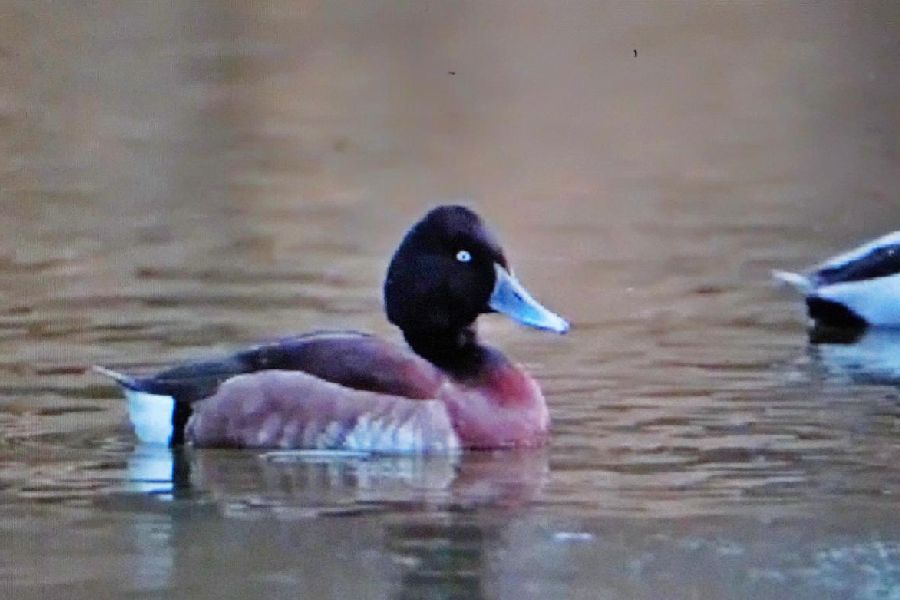The Kaziranga National Park and Tiger Reserve recorded a 27 per cent rise in resident and migratory birds during a daylong census on January 10, placing the tiger reserve among the “top five” migratory bird stopover sites in the country.
The preliminary findings of the 5th Kaziranga Tiger Reserve Water-bird Count conducted simultaneously across 115 water bodies spanning three divisions of the reserve revealed the “presence of 84,839 birds which is a 27 per cent increase since the last count (66,776 in 2021-22).”
Kaziranga National Park and Tiger Reserve director Sonali Ghosh said the result places Kaziranga Tiger Reserve (not the national park) among the top five migratory bird (especially ducks) stopover sites in the country.
“This is largely due to its unique habitat comprising numerous wetlands and swampy areas that are ideal for aquatic birds. The important geographical location in the Central Asian Flyway (CAF) for the migratory birds is another reason for such large numbers,” she said, adding the results reinstate the “importance of Kaziranga wetlands as a globally important habitat for local and migratory water birds”.
Some of the unique, rare and endangered species reported during the census included Baer’s pochard, Baikal teal, greater scaup, gull-billed tern, greater white-fronted goose, great crested grebe, Pallas’s gull, black stork, black-headed gull and cotton pygmy goose, a statement by the park authorities said.
The fifth water-bird census had adopted an improved methodology and not only covered 115 wetlands across the tiger reserve but also involved a large number of bird experts as enumerators and forest frontline staff, the statement said.
They were supported by volunteers from over 30 educational institutions, NGOs and other organisations, making it one of the largest and most inclusive initiatives of its kind. Tourism activities were not disrupted during the conduct of the census.
Popular destinations
According to the park director, the top five tourist destinations for birds are Chilika (Odisha), Kaziranga Tiger Reserve (Assam), Bharatpur/Keoladeo (Rajasthan), Najafgarh Jheel (Delhi) and Nalsarovar (Gujarat).
Kaziranga is a popular destination for birders owing to a very high diversity of over 500 bird species. It is spread over 1,302sqkm with a significant area of over 50 per cent of the landmass under grasslands interspersed with waterbodies, locally known as beels. There are over 200 wetlands across the Kaziranga Tiger Reserve.
Recognising its unique ecological significance, it has been listed as an Important Bird Area (IBA) by the Bombay Natural History Society and BirdLife International, which maintains a global registry of IBAs across the world.
Finding
The Eastern Assam Wildlife Division, comprising mostly the Kaziranga National Park area, recorded 37,606 birds. The highest abundance of a single species (bar-headed goose) was recorded at Sohola beel (13,084).
Rowmari beel under Nagaon Wildlife Division recorded the highest number of birds across all wetlands (19,301). Under this division (Laokhowa and Burhachapori Wildlife Sanctuaries and Joysagar Doloni of Kaliabor), the highest abundance of birds recorded was of the northern pintail variety (8,960 individuals).
Under the Bishwanath Wildlife Division, the highest abundance of birds (2,727 individuals) was reported under the Dipora area.
The census also sprang many surprises, especially with the sighting of a greater one-horned rhino in the Laokhowa-Burhachapori Wildlife Sanctuary and the elusive binturong under the Burapahar range of the KNP&TR.
The first water-bird census conducted in 2018 had found 10,412 waterfowls belonging to 80 different species. The second census in 2020, covering important wetlands across the entire tiger reserve area for the first time, found 34,284 birds belonging to 98 species.
The third census was conducted in 2021 across 52 wetlands and 93,491 water birds belonging to 112 species across 22 families were recorded. The fourth census carried out in 2022 for five days across the important wetlands and rivers of the tiger reserve threw up a count of 66,776 water birds.










